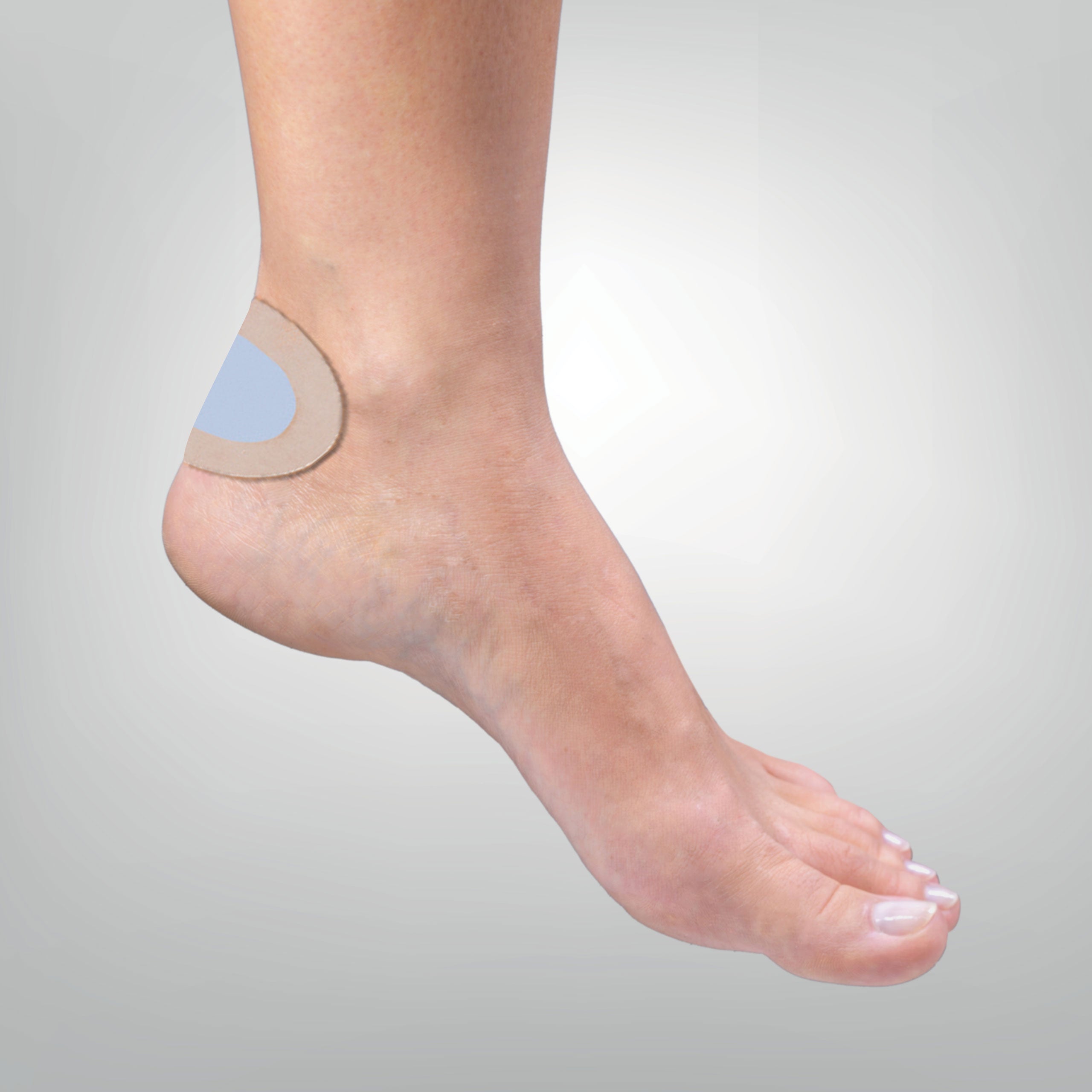
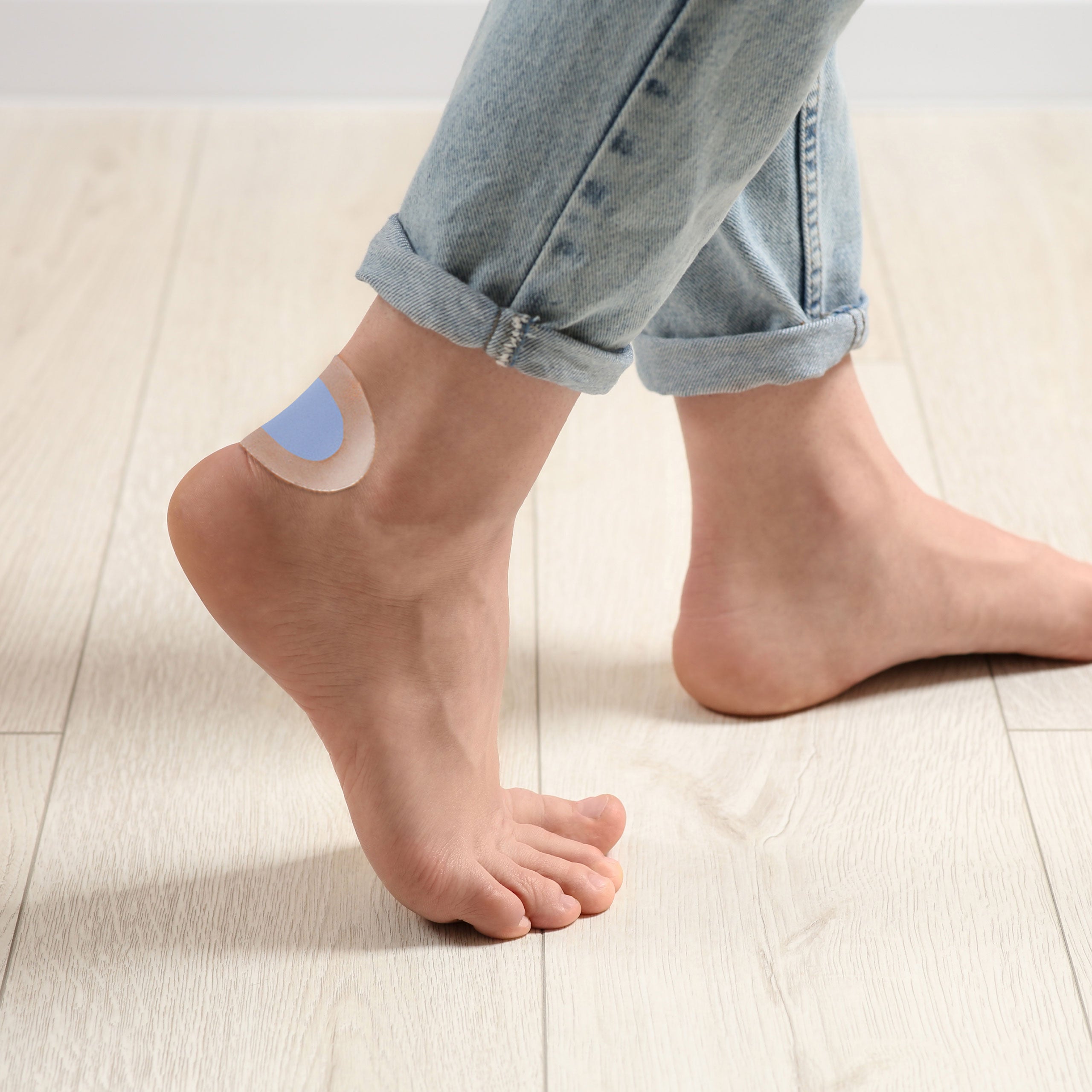
Active Gel Plaster | 311
Gel plaster for treating blisters and injuries caused by pressure or friction is an advanced and convenient solution for relieving pain and speeding up the healing process.
Gel plaster for treating blisters and injuries from pressure or friction, made of a soft and flexible gel material that absorbs fluids, reduces pain and accelerates healing while preventing scars.
The patch is made of a soft, flexible gel material that conforms to the shape of the skin, thus providing maximum protection for the affected area.
The gel effectively absorbs fluids, which helps keep the area dry and prevents infections. Using the plaster reduces immediate pain and prevents scarring by maintaining a moist and protected environment.
The plaster is ideal for daily use and is especially suitable for people who engage in physical activity or suffer from constant friction and pressure on the skin. The plaster stops friction, relieves pain, and encourages rapid healing through the hydrocolloid layer.
Each package contains 5 units.

Dimensions
Extended description
User manual
- Before use, clean and dry the affected area thoroughly.
- Carefully remove the protective paper from the plaster, without touching the sticky gel part.
- The plaster should be placed gently on the blister or injury, so that the gel part fully covers the affected area.
- Make sure the plaster is laid flat and without wrinkles.
- Press the patch lightly to make sure it adheres well to the skin.
- The plaster is intended for daily use and should be replaced as needed or when it begins to peel.
- Make sure the patch is in place throughout the day, especially during exercise.
- If the plaster gets dirty, it should be replaced with a new plaster.
- General hygiene of the affected area should be maintained to prevent infections.
- When you want to remove the patch, do so gently to avoid further irritation or injury to the skin.
- The plaster should be removed slowly, starting from the edges.
- The plaster can be washed by hand with lukewarm water and left to air dry.
- After drying, the plaster is ready for reuse.
- If the pain or injury worsens, seek medical advice.
- The plaster is suitable for use on intact skin only and not on open or bleeding wounds.
- Following the instructions for use will ensure maximum protection and rapid recovery of the affected area.
Our expert advice
- Before use, clean and dry the affected area thoroughly.
- Carefully remove the protective paper from the plaster, without touching the sticky gel part.
- The plaster should be placed gently on the blister or injury, so that the gel part fully covers the affected area.
- Make sure the plaster is laid flat and without wrinkles.
- Press the patch lightly to make sure it adheres well to the skin.
- The plaster is intended for daily use and should be replaced as needed or when it begins to peel.
- Make sure the patch is in place throughout the day, especially during exercise.
- If the plaster gets dirty, it should be replaced with a new plaster.
- General hygiene of the affected area should be maintained to prevent infections.
- When you want to remove the patch, do so gently to avoid further irritation or injury to the skin.
- The plaster should be removed slowly, starting from the edges.
- The plaster can be washed by hand with lukewarm water and left to air dry.
- After drying, the plaster is ready for reuse.
- If the pain or injury worsens, seek medical advice.
- The plaster is suitable for use on intact skin only and not on open or bleeding wounds.
- Following the instructions for use will ensure maximum protection and rapid recovery of the affected area.
Blog
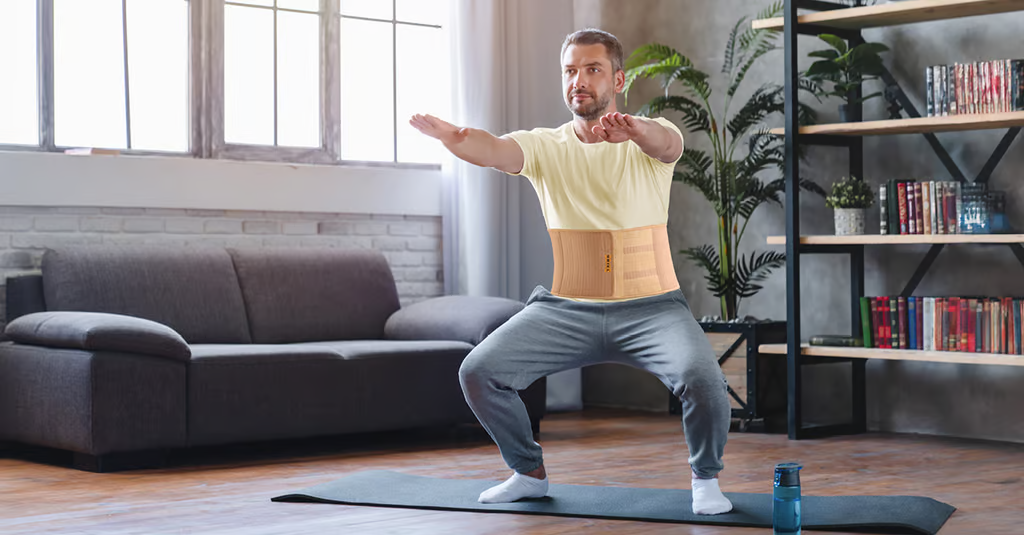
Treating Lower Back Pain: 6 Tips to Improve Quality of Life
Suffering from lower back pain? You are definitely not alone. There are many ways to deal with one of the most common pains in the world, here are some of them. It's time to relieve the pain.
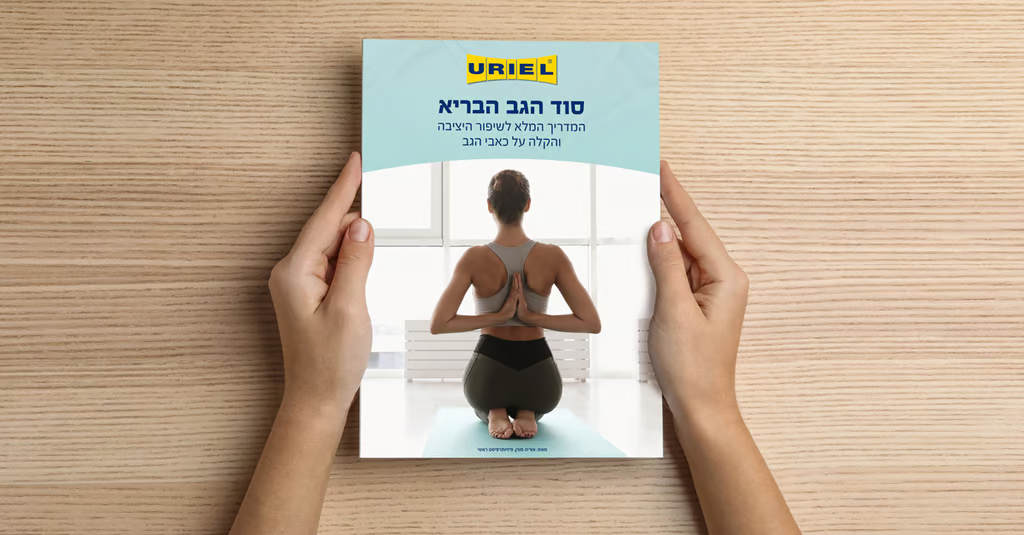
The Secret to a Healthy Back: The Complete Guide to Improving Posture and Alleviating Back Pain
Is back health important to you? Get the 'Secret of a Healthy Back' guide containing information, tips and useful advice for relieving back pain. By Oriya Moran, Chief Physiotherapist Download t...
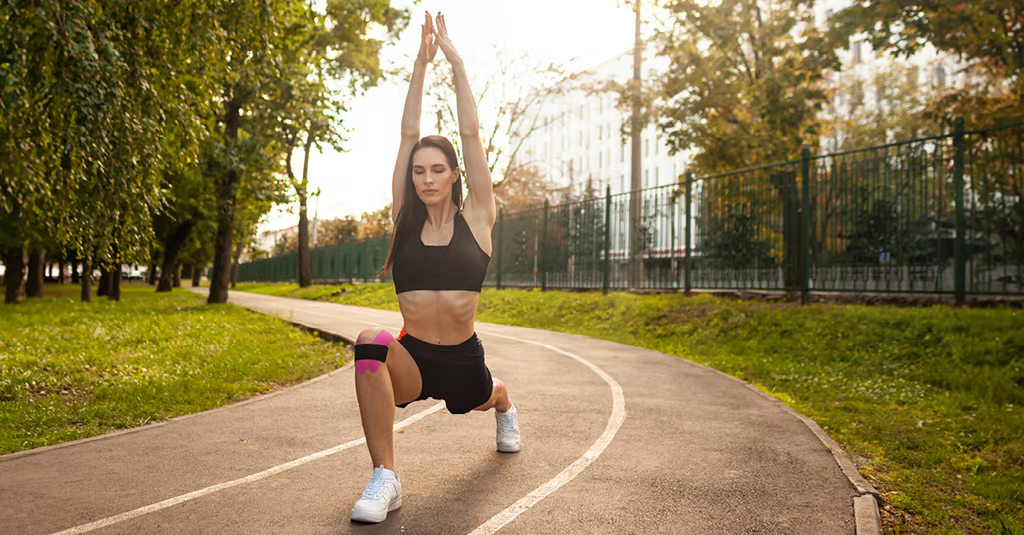
Kinesio tape or professional elastic bandage?
Suffering from sports injuries, bruises or simply pain caused by medical problems? Get to know the variety of dressing products that will support you. When should we use kinesiology tape and why d...
